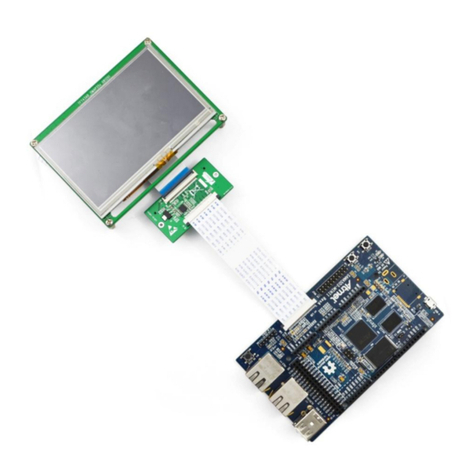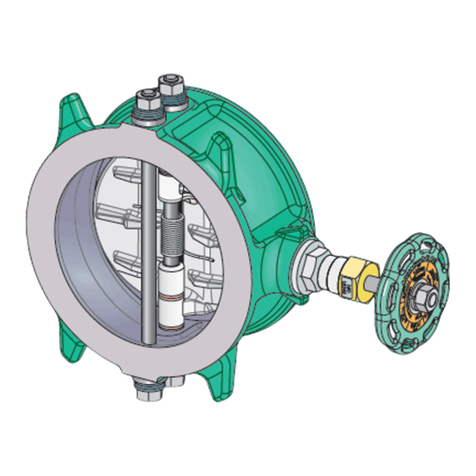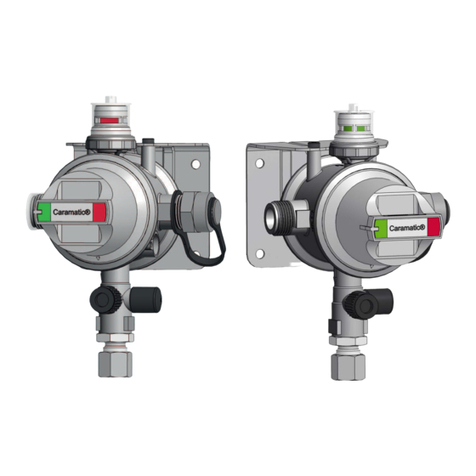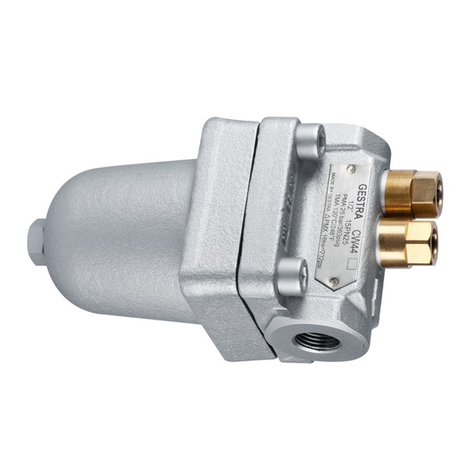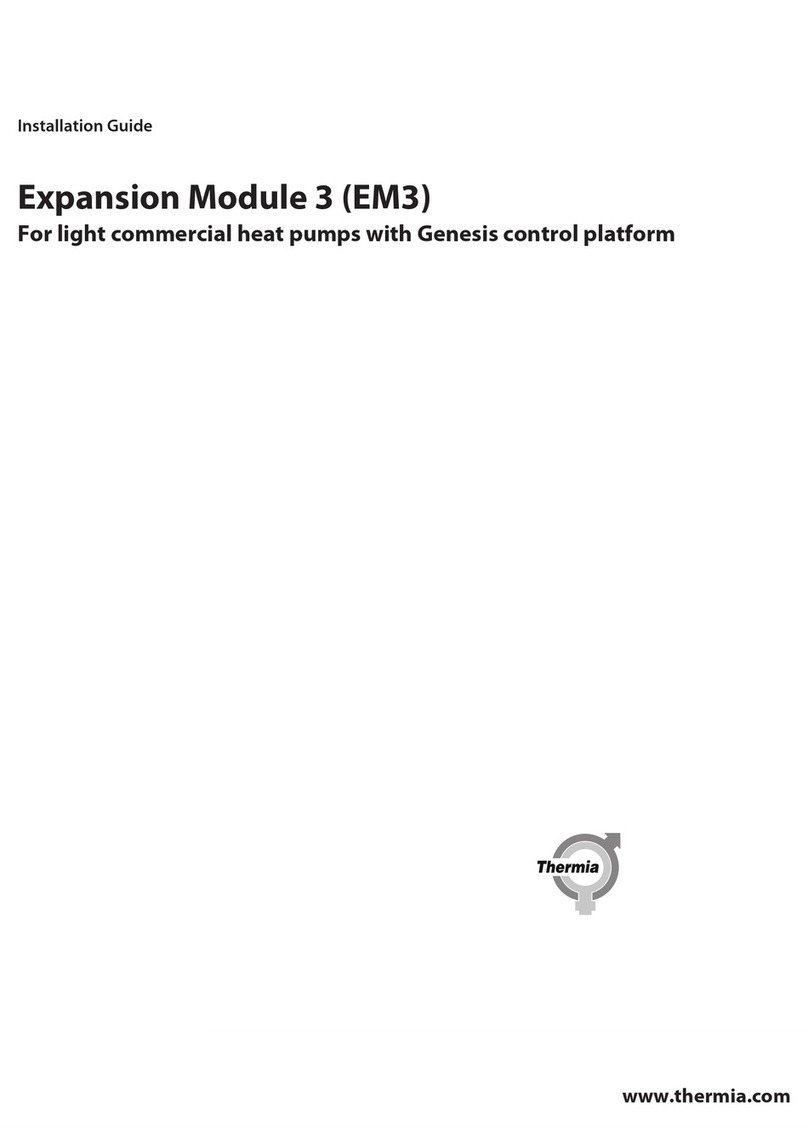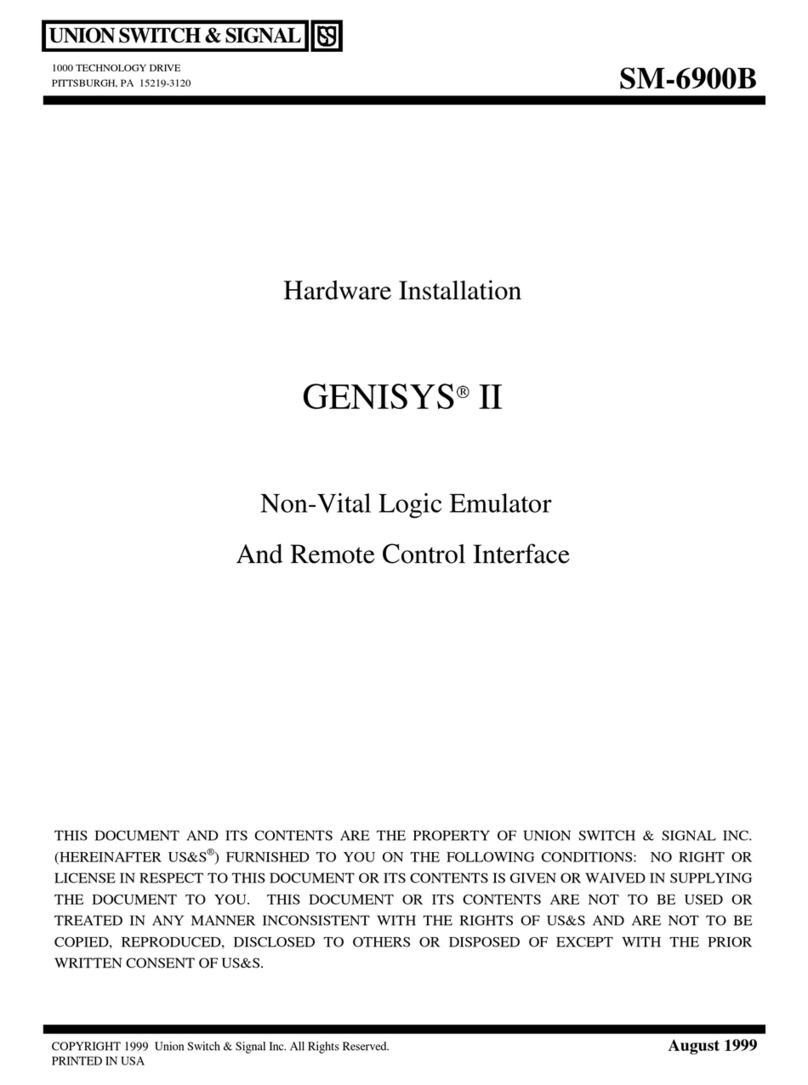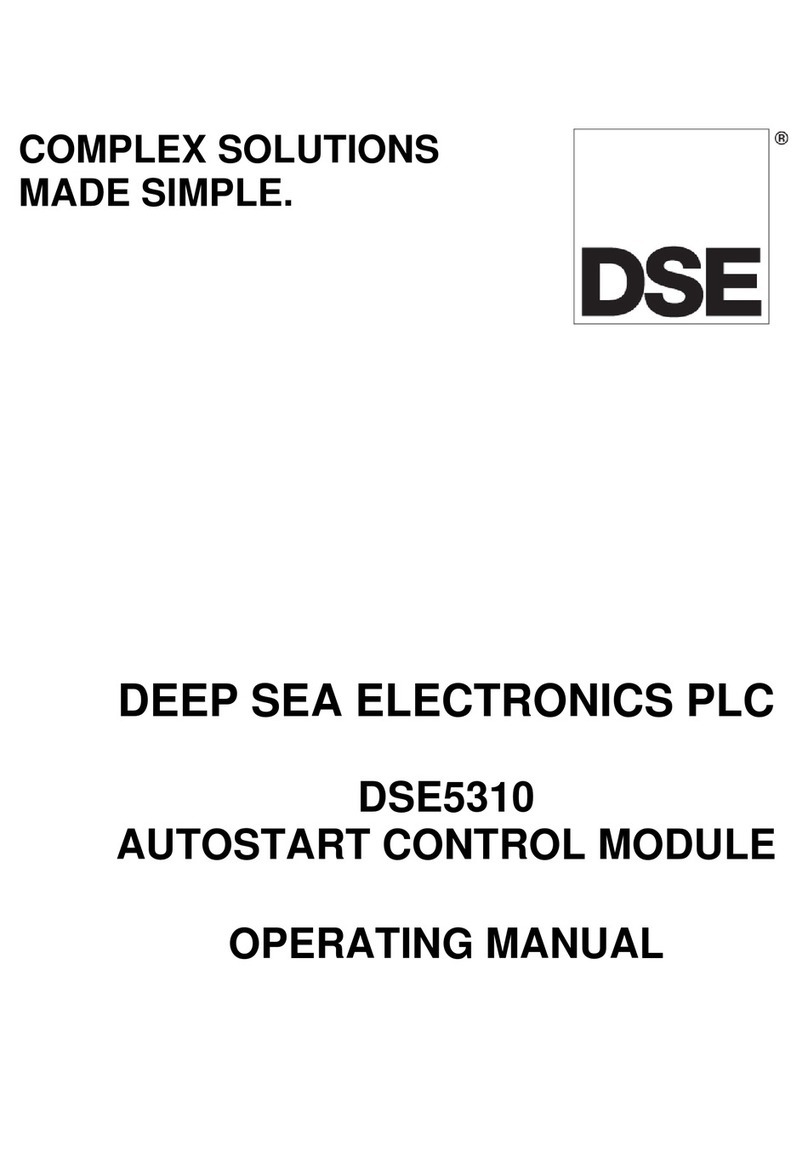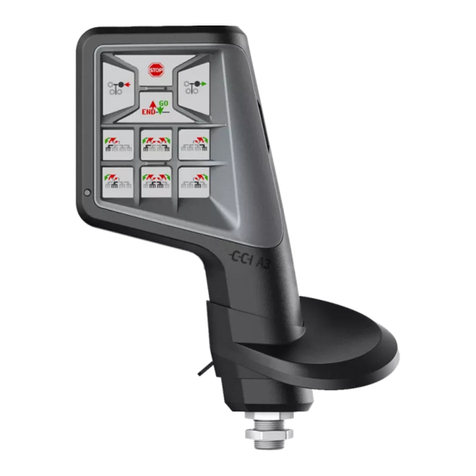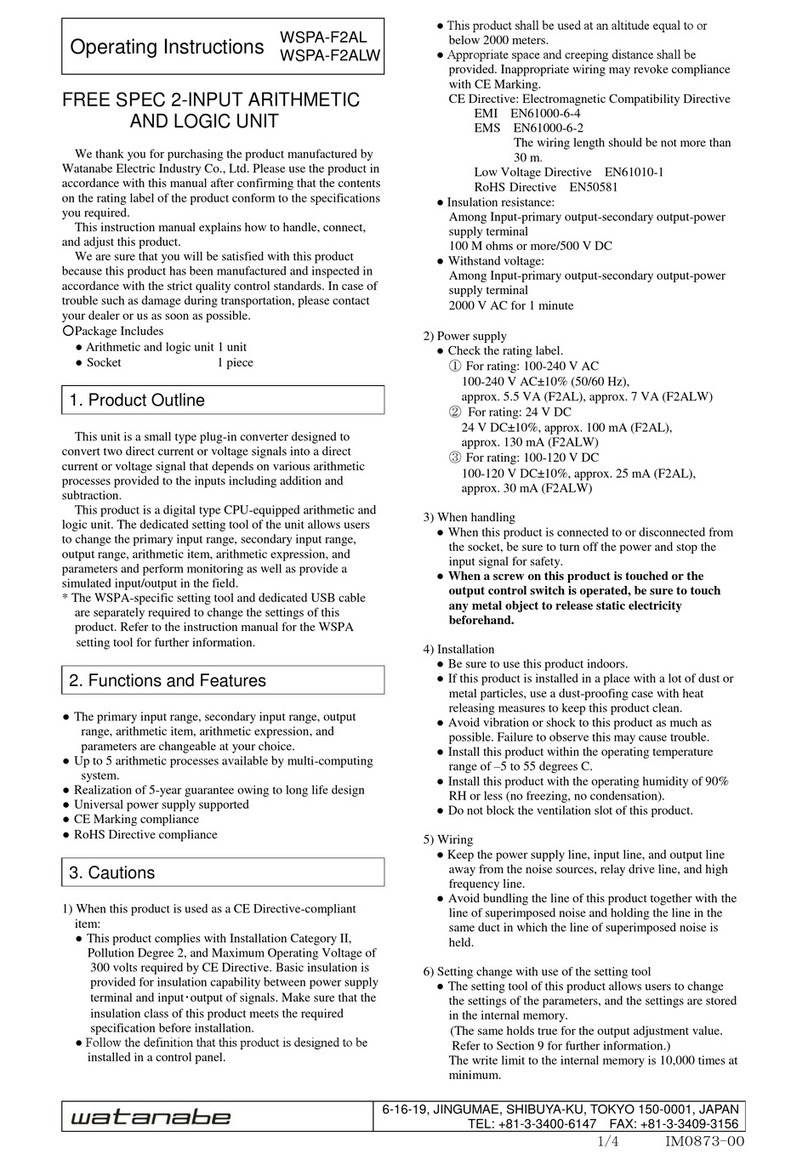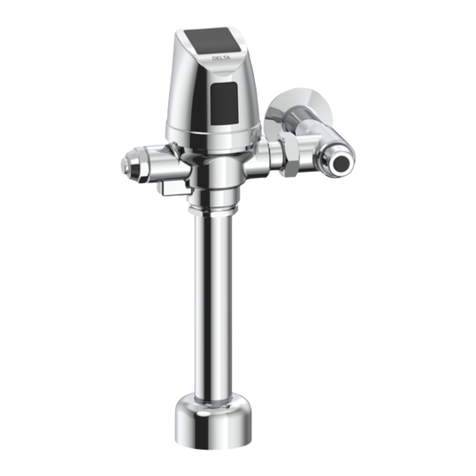Element14 LCD8000-43T-EX1 User manual

LCD8000-43T-EX1/ LCD8000-70T-EX1
A Portable LCD Solution for Atmel SAMA5D3 Xplained
By
User Manual
Version 1
Jul 2014

DISCLAIMER
This product is intended to be used for ENGINEERING DEVELOPMENT,
DEMONSTRATION OR EVALUATION PURPOSES ONLY and is not
considered by element14 to be a finished end product fit for general consumer
use. Persons handling the product(s) must have electronics training and
observe good engineering practice standards.
The goods being provided are not intended to be complete in terms of required
design and/or manufacturing related protective considerations, including
product safety and environmental measures typically found in end products
that incorporate such semiconductor components or circuit boards.
Revision History:
Version
Date
Description
1.0
30/7/2014
Original Version

Table of Contents
1 Product Overview ....................................................................... 1
1.1 Brief Introduction........................................................................ 1
1.2 Block Diagrams........................................................................... 1
2 Interfaces on LCD-EX ................................................................. 3
2.1 Locations and Types of Interfaces ................................................. 3
2.2 Pin Definitions of Interfaces.......................................................... 4
2.2.1 Pin Definitions of J1............................................................................. 4
2.2.2 Pin Definitions of J2............................................................................. 7
2.2.3 Pin Definitions of J13 ........................................................................... 9
2.2.4 SPI Line Module Select ...................................................................... 11
3 Use of LCD-EX........................................................................... 12
3.1 Configuring the Kernel............................................................... 12
3.1.1 Configuration File for 4.3” LCD ........................................................... 12
3.1.2 Remove IRQ Register Information ....................................................... 14
3.1.3 Configuring the kernel to include drivers for TSC2045. .......................... 15
3.2 Connections and Tests............................................................... 16
4 Troubleshooting ....................................................................... 18

Page | 1
1Product Overview
1.1 Brief Introduction
LCD-EX is a 16/24-bit RGB parallel conversion module designed for
TFT-LCD displays. The module integrates a TSC2046 chip to provide
touch functionality and a 3.3V regulation chip with the capability to
implement I2C control and PWM backlight control. It supports 16-bit
and 24-bit driving modes for LCD displays, as well as the connection of
SPI 4-wire resistive touch-screens.
1.2 Block Diagrams
Figure 1 shown below, is a block diagram demonstrating how the
LCD-EX works when using a 16-bit logic interface.
Figure 1 16-Bit Logic Interface
Controller
RIoT
TP_INT
TP_BUSY
TP_SPI
DISP0_HSY
DISP0_DEN
DISP0_VSY
DB0 ~ DB15
DISP0_CLK
LCD_PWM
POWER
I2C
16bit RGB
(565)
SPI Touch INF
LCD
Interface

Page | 2
Figure 2 shown below, is a block diagram demonstrating how LCD-EX
works when using 24-bit logic interface.
Figure 2 24-Bit Logic Interface
Controller
A5
TP_INT
TP_BUSY
TP_SPI
DISP0_HSY
DISP0_DEN
DISP0_VSY
DISP0_HSY
DISP0_DEN
DISP0_VSY
LCD_PWM
POWER
I2C
24 bit RGB INF
SPI Touch INF
A5
LCD
Interface

Page | 3
2Interfaces on LCD-EX
2.1 Locations and Types of Interfaces
The following images show the locations of the interfaces on LCD-EX.
Figure 3 J1/J2 Interfaces
Figure 4 J13 Interface
1J14 3 2 1
2J15 3 2 1
3J12 3 2 1
4J11 3 2 1
J1
J2
J13

Page | 4
The following table lists the descriptions of the interfaces on LCD-EX.
Name
Description
J1
50-Pin interface for coloured display
J2
24-bit RGB A5 interface
J13
16-bit 565 RIoT interface
J11
SPI line module Select
J12
J14
J15
2.2 Pin Definitions of Interfaces
The following tables contain detailed information about the interfaces
on LCD-EX.
2.2.1 Pin Definitions of J1
Pin
Definition
Description
1
B0
Blue Data0
2
B1
Blue Data1
3
B2
Blue Data2
4
B3
Blue Data3
5
B4
Blue Data4
6
B5
Blue Data5
7
B6
Blue Data6
8
B7
Blue Data7
9
GND
GND

Page | 5
Pin
Definition
Description
10
G0
Green Data0
11
G1
Green Data1
12
G2
Green Data2
13
G3
Green Data3
14
G4
Green Data4
15
G5
Green Data5
16
G6
Green Data6
17
G7
Green Data7
18
GND
GND
19
R0
Red Data0
20
R1
Red Data1
21
R2
Red Data2
22
R3
Red Data3
23
R4
Red Data4
24
R5
Red Data5
25
R6
Red Data6
26
R7
Red Data7
27
GND
GND
28
DEN
Pixel data enable (TFT)
29
HSYNC
LCD Horizontal Synchronization
30
VSYNC
LCD Vertical Synchronization
31
GND
GND
32
CLK
LCD Pixel Clock

Page | 6
Pin
Definition
Description
33
GND
GND
34
X+
X+ Position Input
35
x-
X- Position Input
36
Y+
Y+ Position Input
37
Y-
Y - Position Input
38
SPI_CLK
SPI serial clock
39
SPI_MOSI
SPI Master Output, Slave Input
40
SPI_MISO
SPI Master Input, Slave Output
41
SPI_CS
SPI Chip Select
42
IIC_CLK
IIC master serial clock
43
IIC_DAT
IIC serial bidirectional data
44
GND
GND
45
VDD1
3.3V
46
VDD2
3.3V
47
VDD3
5V
48
VDD3
5V
49
RESET
Reset
50
PWREN
Backlight enable

Page | 7
2.2.2 Pin Definitions of J2
Pin
Definition
Description
1
GND
GND
2
5V
VCC Input
3
5V
VCC Input
4
NC
NC
5
LCD_PWM
Backlight enable
6
TP_BUSY
Touch Pad Busy Signal
7
TP_INT
Touch Pad Interrupt
8
I2C_CLK
IIC master serial clock
9
I2C_DAT
GND
10
NC
VCC Input
11
CSPI_CLK
VCC Input
12
CSPI_MOSI
NC
13
CSPI_MISO
Backlight enable
14
TP_SPI_SCSn
Touch Pad Busy Signal
15
DISP0_DEN
Touch Pad Interrupt
16
DISP0_HSYNC
IIC master serial clock
17
DISP0_VSYNC
IIC serial bidirectional data
18
DISP0_CLK
NC
19
GND
SPI serial clock
20
DISP0_DAT23
SPI Master Output, Slave Input
21
DISP0_DAT22
SPI Master Input, Slave Output
22
DISP0_DAT21
SPI Chip Select

Page | 8
23
DISP0_DAT20
Data enable (TFT)
24
GND
LCD Horizontal Synchronization
25
DISP0_DAT19
LCD Vertical Synchronization
26
DISP0_DAT18
DISP0_DAT18
27
DISP0_DAT17
DISP0_DAT17
28
DISP0_DAT16
DISP0_DAT16
29
GND
GND
30
DISP0_DAT15
DISP0_DAT15
31
DISP0_DAT14
DISP0_DAT14
32
DISP0_DAT13
DISP0_DAT13
33
DISP0_DAT12
DISP0_DAT12
34
GND
GND
35
DISP0_DAT11
DISP0_DAT11
36
DISP0_DAT10
DISP0_DAT10
37
DISP0_DAT9
DISP0_DAT9
38
DISP0_DAT8
DISP0_DAT8
39
GND
GND
40
DISP0_DAT7
DISP0_DAT7
41
DISP0_DAT6
DISP0_DAT6
42
DISP0_DAT5
DISP0_DAT5
43
DISP0_DAT4
DISP0_DAT4
44
GND
GND
45
DISP0_DAT3
DISP0_DAT3
46
DISP0_DAT2
DISP0_DAT2

Page | 9
2.2.3 Pin Definitions of J13
47
DISP0_DAT1
DISP0_DAT1
48
DISP0_DAT0
DISP0_DAT0
49
GND
GND
50
ID_SYS
ID_SYS
Pin
Definition
Description
1
NC
NC
2
5VIN
VCC Input
3
GND
GND
4
GND
GND
5
DISP0_CLK
LCD Pixel Clock
6
DISP0_DAT3
DISP0_DAT3
7
DISP0_DEN
Data enable (TFT)
8
DISP0_DAT4
DISP0_DAT4
9
DISP0_HSYNC
Horizontal Synchronization
10
DISP0_DAT5
DISP0_DAT5
11
DISP0_VSYNC
Vertical Synchronization
12
DISP0_DAT6
DISP0_DAT6
13
DISP0_DAT7
DISP0_DAT7
14
DISP0_DAT23
DISP0_DAT23
15
DISP0_DAT15
DISP0_DAT15
16
NC
NC
17
DISP0_DAT19
DISP0_DAT19

Page | 10
18
NC
NC
19
DISP0_DAT20
DISP0_DAT20
20
TBD
TBD
21
DISP0_DAT21
DISP0_DAT21
22
TBD
TBD
23
DISP0_DAT22
DISP0_DAT22
24
TP_BUSY
Touch Pad Busy Signal
25
DISP0_DAT10
DISP0_DAT10
26
TP_INT
Touch Pad Interrupt
27
DISP0_DAT11
DISP0_DAT11
28
CSPI_MOSI
SPI Master Output, Slave Input
29
DISP0_DAT12
DISP0_DAT12
30
CSPI_CLK
SPI Master Input, Slave Output
31
NC
NC
32
TP_SPI_SCSn
DISP0_DAT6
33
NC
NC
34
CSPI_MISO
DISP0_DAT5
35
I2C4_SCL
IIC master serial clock
36
DISP0_DAT13
DISP0_DAT13
37
I2C4_SDA
IIC serial bidirectional data
38
DISP0_DAT14
DISP0_DAT14
39
GND
GND
40
LCD_PWM
Backlight Enable

Page | 11
2.2.4 SPI Line Module Select
module
Application
Jumper cap select
The SPI module of
SAMA5D3 Xplained (J22)
V 1
SAMA5D3
Xplained
Version A
J11 PIN3------PIN2
J12 PIN3------PIN2
J14 PIN3------PIN2
J15 PIN3------PIN2
PIN 37 = SPI0_NPCS3
PIN 38 = SPI0_MISO
PIN 39 = SPI0_MOSI
PIN 40 = SPI0_SPCK
V 2
SAMA5D3
Xplained
Version B
J11 PIN1------PIN2
J12 PIN1------PIN2
J14 PIN1------PIN2
J15 PIN1------PIN2
PIN 37 = SPI0_SPCK
PIN 38 = SPI0_MOSI
PIN 39 = SPI0_MISO
PIN 40 = SPI0_NPCS3

Page | 12
3Use of LCD-EX
Hereafter the SAMA5D3 Xplained development board and a 4.3”LCD
module will be used as the example devices working with LCD-EX.
Note:
If using a 7”LCD module, it is recommended to use a mains power supply, do
not use a PC based USB power supply.
3.1 Configuring the Kernel
1. The Linux kernel includes many DTS files suited for different kinds of
chips and platforms. Assuming a 4.3”LCD display is used, the
configuration file should be selected accordingly. (Different sizes of
LCDs need different DTS files, but with similar configuration.)
Note:
The code marked in blue in the following examples can be modified to cater for
different configurations.
3.1.1 Configuration File for 4.3”LCD
cd linux-3.10.0
vim arch/arm/boot/dts/ at91-sama5d3_xplained_pda4.dts
ahb {
apb {
mmc0: mmc@f0000000 {
pinctrl-names = "default";
pinctrl-0 = <&pinctrl_mmc0_clk_cmd_dat0 &pinctrl_mmc0_dat1_3
&pinctrl_mmc0_dat4_7 &pinctrl_mmc0_cd>;
status = "okay";
slot@0 {
reg = <0>;

Page | 13
bus-width = <8>;
cd-gpios = <&pioE 0 GPIO_ACTIVE_LOW>;
};
};
spi0: spi@f0004000 {
cs-gpios = <&pioD 13 0>, <&pioD 16 0>, <0>, <0>;
status = "okay";
ads7846: touchscreen@0 {
compatible = "ti,tsc2046";
reg = <1>;
spi-max-frequency = <1000000>;
pinctrl-names = "default";
pendown-gpio = <&pioE 7 0>;
irq = <&pioE 7 0>;
ti,settle-delay-usec = /bits/ 16 <150>;
ti,debounce-max = /bits/ 16 <10>;
ti,debounce-tol = /bits/ 16 <5>;
ti,debounce-rep = /bits/ 16 <1>;
ti,keep-vref-on = /bits/ 16 <1>;
ti,x-min = /bits/ 16 <0>;
ti,x-max = /bits/ 16 <8000>;
ti,y-min = /bits/ 16 <0>;
ti,y-max = /bits/ 16 <4800>;
ti,x-plate-ohms = /bits/ 16 <40>;
ti,pressure-max = /bits/ 16 <255>;
linux,wakeup;
status = "okay";
};
};
can0: can@f000c000 {
status = "okay";
};

Page | 14
The IRQ register information of mxt needs to be removed when
connecting a resistive touch-screen, because the atmel_mxt_ts IRQ
pin of the display would be used by module driver too.
3.1.2 Remove IRQ Register Information
vim arch/arm/boot/dts/at91-sama5d3_xplained_dm_pda4.dtsi
ahb {
apb {
i2c1: i2c@f0018000 {
qt1070: keyboard@1b {
compatible = "qt1070";
reg = <0x1b>;
interrupt-parent = <&pioE>;
interrupts = <8 0x0>;
pinctrl-names = "default";
pinctrl-0 = <&pinctrl_qt1070_irq>;
wakeup-source;
};
atmel_mxt_ts@4a {
compatible = "atmel,atmel_mxt_ts";
reg = <0x4a>;
/*
interrupt-parent = <&pioE>;
interrupts = <7 0x0>;
pinctrl-names = "default";
pinctrl-0 = <&pinctrl_mxt_ts>;
*/
status = "okay";
};
};

Page | 15
3.1.3 Configuring the kernel to include drivers for TSC2045.
make ARCH=arm menuconfig
Device Drivers --->
Input device support --->
[*] Touchscreens --->
<*> ADS7846/TSC2046/AD7873 and AD(S)7843 based touchscreens
2. Execute the following instructions to recompile the kernel
make ARCH=arm CROSS_COMPILE=arm-none-linux-gnueabi- dtbs
make ARCH=arm CROSS_COMPILE=arm-none-linux-gnueabi- uImage
3. The image files generated can be found under the following
directories:
DTB image: arch/arm/boot/dts/at91-sama5d3_xplained_pda4.dtb
uImage: arch/arm/boot/uImage

Page | 16
3.2 Connections and Tests
1. Use two flat ribbon cables with pins on same side to connect the
conversion module, SAMA5D3 Xplained and LCD module together as
shown below.
Figure 5 Hardware Connections
2. Connect the debugging serial interface of the SAMA5D3 Xplained to a
PC and then power on the development board.
3. Update the system with the new uImage and
at91-sama5d3_xplained_pda4.dtb, and then reboot to enter the
Linux system.
4. Execute the following instruction to view the device node of the
touch-screen.
root@sama5d3_xplained:~# dmesg |grep -ir ads7846

Page | 17
The terminal window shows the following information:
ads7846 spi0.1: touchscreen, irq 52
input: ADS7846 Touchscreen as
/devices/ahb.0/apb.1/f0004000.spi/spi_master/spi0/spi0.1/input/input0
Note:
The characters above marked in blue represent the device node.
input0 is associated to /dev/input/event0, input1 is associated to
/dev/input/event1, and so on.
5. Execute the following instruction to set environment variable for tslib:
root@sama5d3_xplained:~# export TSLIB_TSDEVICE=/dev/input/event0
6. Execute the following instruction to run a calibration on touch-screen:
root@sama5d3_xplained:~# ts_calibrate
7. Execute the following instruction to test touch-screen:
root@sama5d3_xplained:~# ts_test
Other manuals for LCD8000-43T-EX1
1
This manual suits for next models
1
Table of contents
Other Element14 Control Unit manuals
